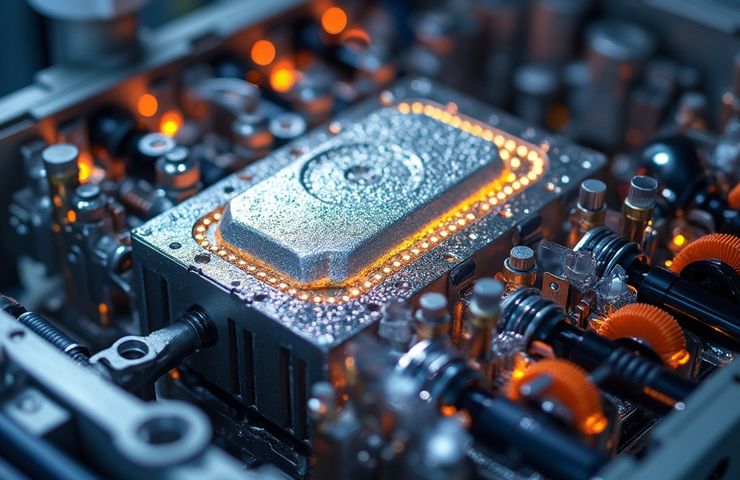
Ultrasound-Based Fuel Cell Recycling Breakthrough Tackles PFAS Contamination and Platinum Recovery
May 13, 2025Johnson Matthey and the University of Leicester have come up with a game-changing way to deal with one of the trickiest parts of hydrogen fuel cell recycling. They’ve managed to safely pull valuable metals—especially platinum—out of PFAS-loaded fuel cell membranes using a smart new twist on an old-school tool: ultrasound.
How it works: goodbye harsh chemicals, hello sound waves
Instead of relying on aggressive and banned chemicals like hydrofluoric acid, this new approach uses something called acoustic cavitation—that’s basically bubbles formed by sound waves—to gently, but effectively, break apart the membrane structure. When combined with a special solvent-assisted technique, this process lets them tackle the challenge of separating the precious metals from the rest of the material.
And it’s not just effective—it’s next-level efficient. Tests at Johnson Matthey’s pilot site in Swindon showed they were able to recover a whopping 92% of the platinum. That’s more than double what older methods could pull off.
Big boost for the environment…and the bottom line
This isn’t just about recycling better—it’s also about doing it cleaner. The process helps avoid further contamination from PFAS (aka “forever chemicals”), which are under heavy scrutiny from environmental agencies. Both the EPA and EU have mandated a full phaseout of PFAS by 2030, and this tech is lining up perfectly with those goals. It could, in theory, help eliminate the toxic PFAS emissions from the equivalent of 50 million vehicles—now that’s impact.
Oh, and there’s a business upside too. By reusing key materials, specifically platinum, the cost of producing fuel cell technology could drop by as much as 18%. That’s a major win in the push for affordable industrial decarbonization.
47 patents deep—and it’s not stopping at fuel cells
With 47 patents pending, Johnson Matthey and the University of Leicester aren’t just on to something here—they’re laying serious groundwork for the future. And while this tech is a big leap forward for PFAS recycling in hydrogen fuel cells, it could go even further. The method may also work for water electrolyzer recycling, another key piece of the clean hydrogen puzzle.
This innovation marks a big step toward closing the loop in platinum recovery and pushing us closer to a circular economy—a future where clean tech gets smarter, greener, and a whole lot more sustainable.



 With over 15 years of reporting hydrogen news, we are your premier source for the latest updates and insights in hydrogen and renewable energy.
With over 15 years of reporting hydrogen news, we are your premier source for the latest updates and insights in hydrogen and renewable energy.